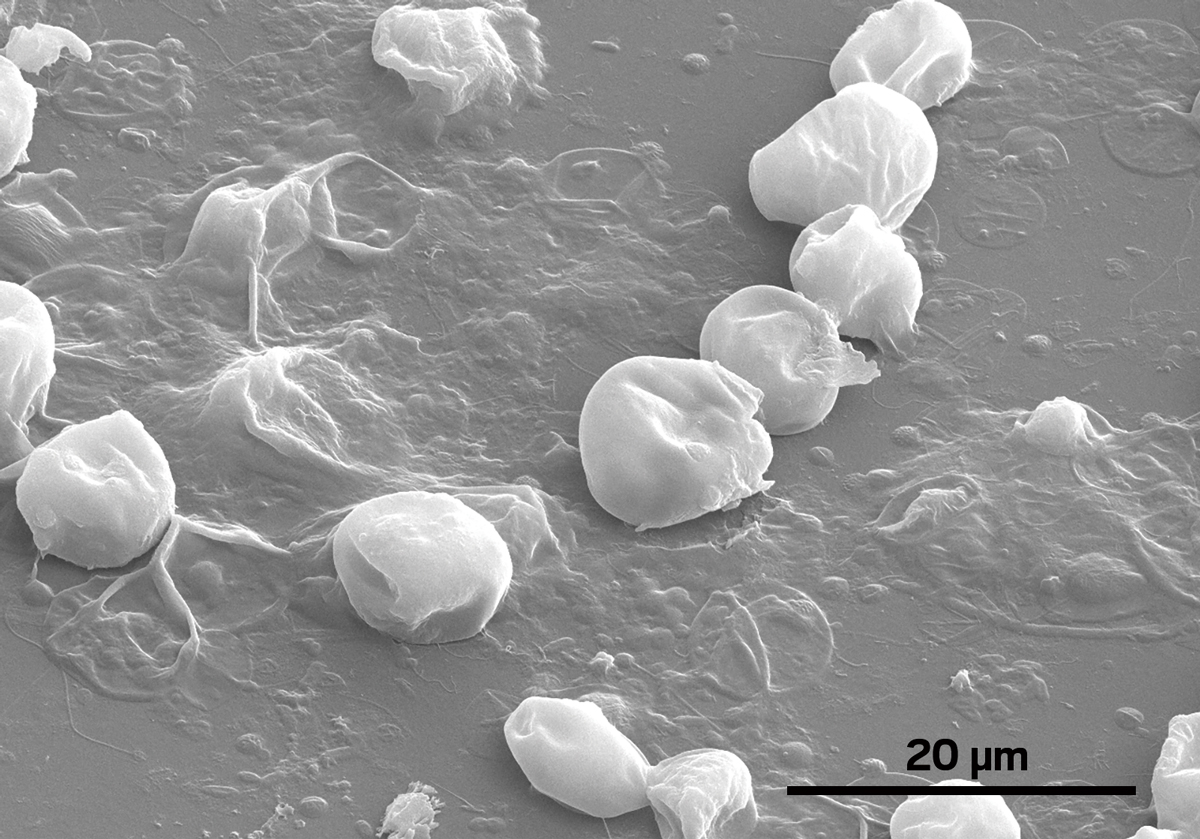Advertisement
Grab your lab coat. Let's get started
Welcome!
Welcome!
Create an account below to get 6 C&EN articles per month, receive newsletters and more - all free.
It seems this is your first time logging in online. Please enter the following information to continue.
As an ACS member you automatically get access to this site. All we need is few more details to create your reading experience.
Not you? Sign in with a different account.
Not you? Sign in with a different account.
ERROR 1
ERROR 1
ERROR 2
ERROR 2
ERROR 2
ERROR 2
ERROR 2
Password and Confirm password must match.
If you have an ACS member number, please enter it here so we can link this account to your membership. (optional)
ERROR 2
ACS values your privacy. By submitting your information, you are gaining access to C&EN and subscribing to our weekly newsletter. We use the information you provide to make your reading experience better, and we will never sell your data to third party members.
Water
Hurricane Harvey flushed toxic metals into Houston’s water
A sweeping study of water quality in the storm’s aftermath concludes that the storm flushed metals and acidic water into Galveston Bay
by Katherine Bourzac
April 17, 2019
| A version of this story appeared in
Volume 97, Issue 16

Hurricane Harvey, which made landfall in southeast Texas in 2017, dropped about 154 cm of rain over four days, making it the wettest tropical cyclone ever to hit the US. The storm’s rainfall caused widespread flooding in the Houston metro area, and inundated wastewater treatment plants, industrial facilities, and superfund sites.
Early results from a sweeping study of the area’s water quality in the aftermath of Harvey suggest that the flooding transported as much as 1,000 kg of chromium and 650 kg of nickel from sites around Houston into nearby Galveston Bay. The researchers also found that the storm caused a drop in the pH of the region’s waters. These changes likely had adverse effects on aquatic wildlife and fisheries in the region, the researchers say (Environ. Sci. Technol. 2019, DOI: 10.1021/acs.est.9b00792).
While the storm raged, University of Houston environmental engineer Hanadi Rifai applied to the National Science Foundation and to her dean to fund a water-quality study. As soon as the rain stopped, members of her lab collected water samples from 41 sites in the Houston metro area every week for the next 90 days. The area’s watershed is diverse, with slow-moving streams called bayous passing through areas that are relatively urbanized or more rural; Rifai and postdoc Amin Kiaghadi chose sample sites to reflect this diversity. They analyzed samples for bacterial load, pH, dissolved oxygen, metal concentrations, and other parameters.
Water in less developed parts of the watershed returned to normal in days, Rifai says. But there were more sustained changes in the water quality of Houston’s main waterway, Buffalo Bayou. The bayou passes through a shipping channel used by the petrochemical industry, and its banks are heavily industrialized. Downstream from industrial and superfund sites, Buffalo Bayou water had elevated levels of chromium, nickel, arsenic, and lead for as long as two weeks after the storm. Trace-metal concentrations did not exceed safe drinking water standards. But hundreds of kilograms of toxic metals from the entire area would have been flushed into the region’s estuary, Galveston Bay. And this is what concerns Rifai. “The total amount of metals going into the bay is really big,” she says.
This estuary is home to hundreds of species of birds, and its shrimp, blue crabs, oysters, and many kinds of fish support the local commercial fishing industry. This body of water connects with the Gulf of Mexico, home to another rich ecosystem that includes coral reefs.
There was one surprising result: The pH of Buffalo Bayou dipped as low as 5.67 after the storm. Rifai suspects the cause was the acidic soil of Houston’s flood reservoirs. The storm filled these reservoirs, allowing the trapped water to become acidic. Harvey dumped so much water in the region that the reservoirs filled and the Army Corps of Engineers released this water, which eventually flowed into Galveston Bay via the Buffalo Bayou, where its acidity likely stressed creatures. This new study doesn’t connect water quality measurements to changes in ecological health, but Rifai says biologists are continuing to look for impacts.
Metal contamination is commonly seen after industrial areas are flooded, but acidification is “something I never would have anticipated,” says John Pardue, an environmental engineer at Louisiana State University, who studied water quality in the aftermath of 2005’s Hurricane Katrina. This surprising result shows that researchers are still learning about how these storms affect water quality, he says.
Such extreme storms occur infrequently, and institutional knowledge gets lost in the meantime, Pardue says. “That’s why studies like this are so important—by documenting what happens, researchers can help agencies draw lessons from them,” he says.
Agencies in hurricane-prone areas already evaluate how sites like wastewater-treatment plants might be vulnerable to flooding. But Rifai hopes her work will encourage regulators and companies in these areas, particularly around the Gulf of Mexico, to consider sites like industrial facilities and superfund sites. “All of these need a fresh look to evaluate their vulnerabilities,” she says.





Join the conversation
Contact the reporter
Submit a Letter to the Editor for publication
Engage with us on Twitter